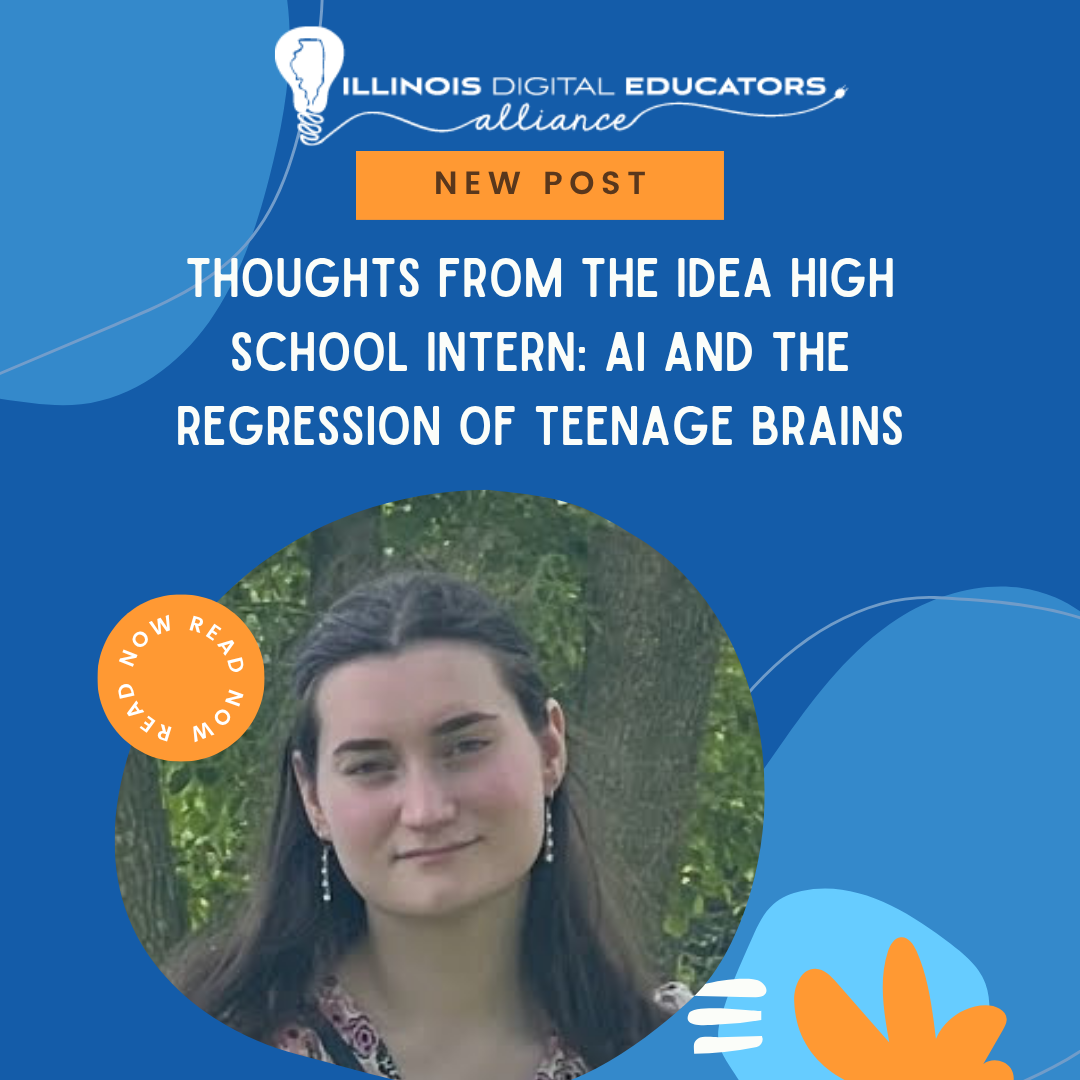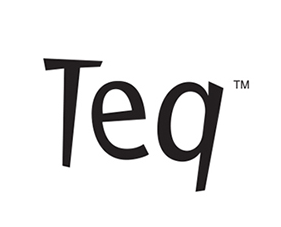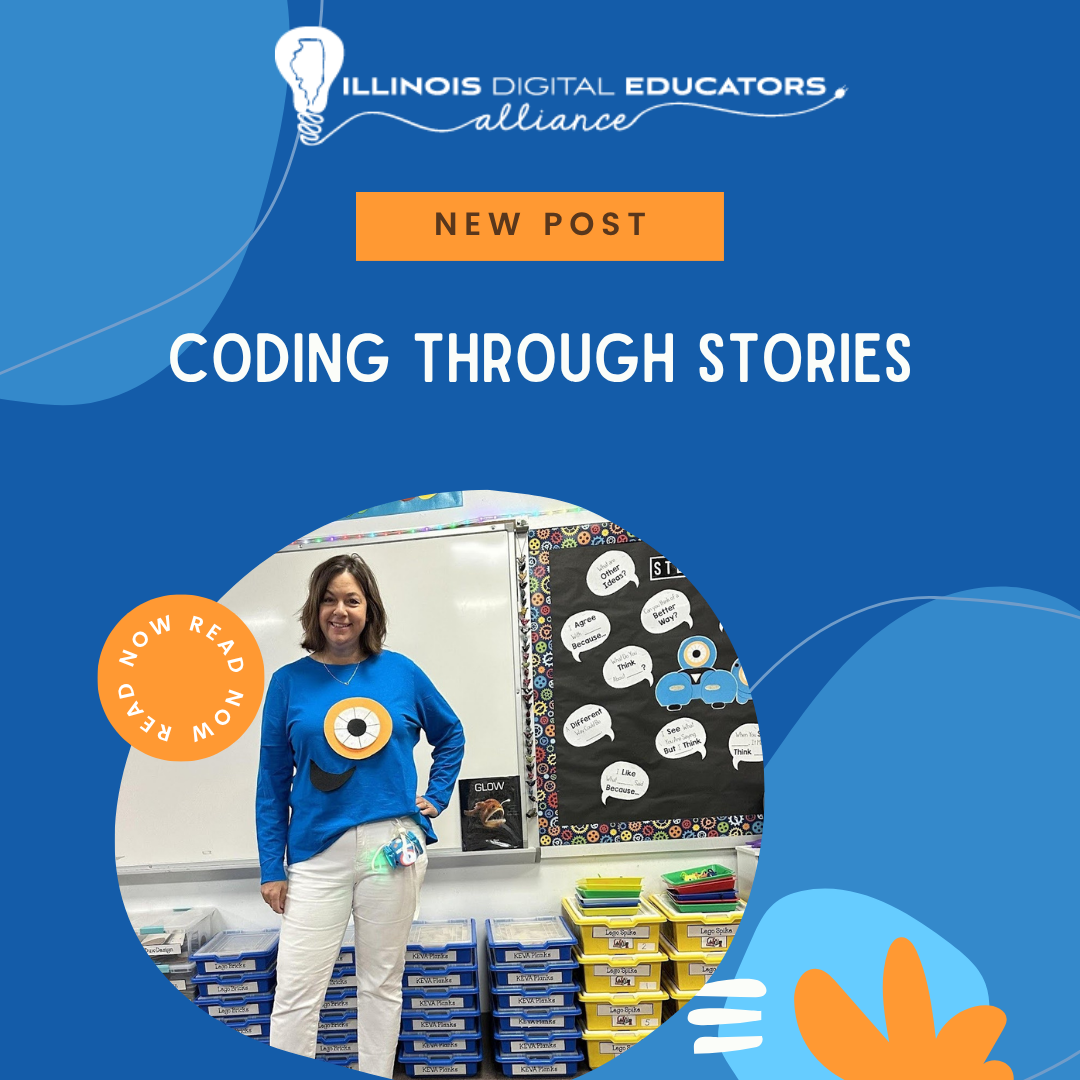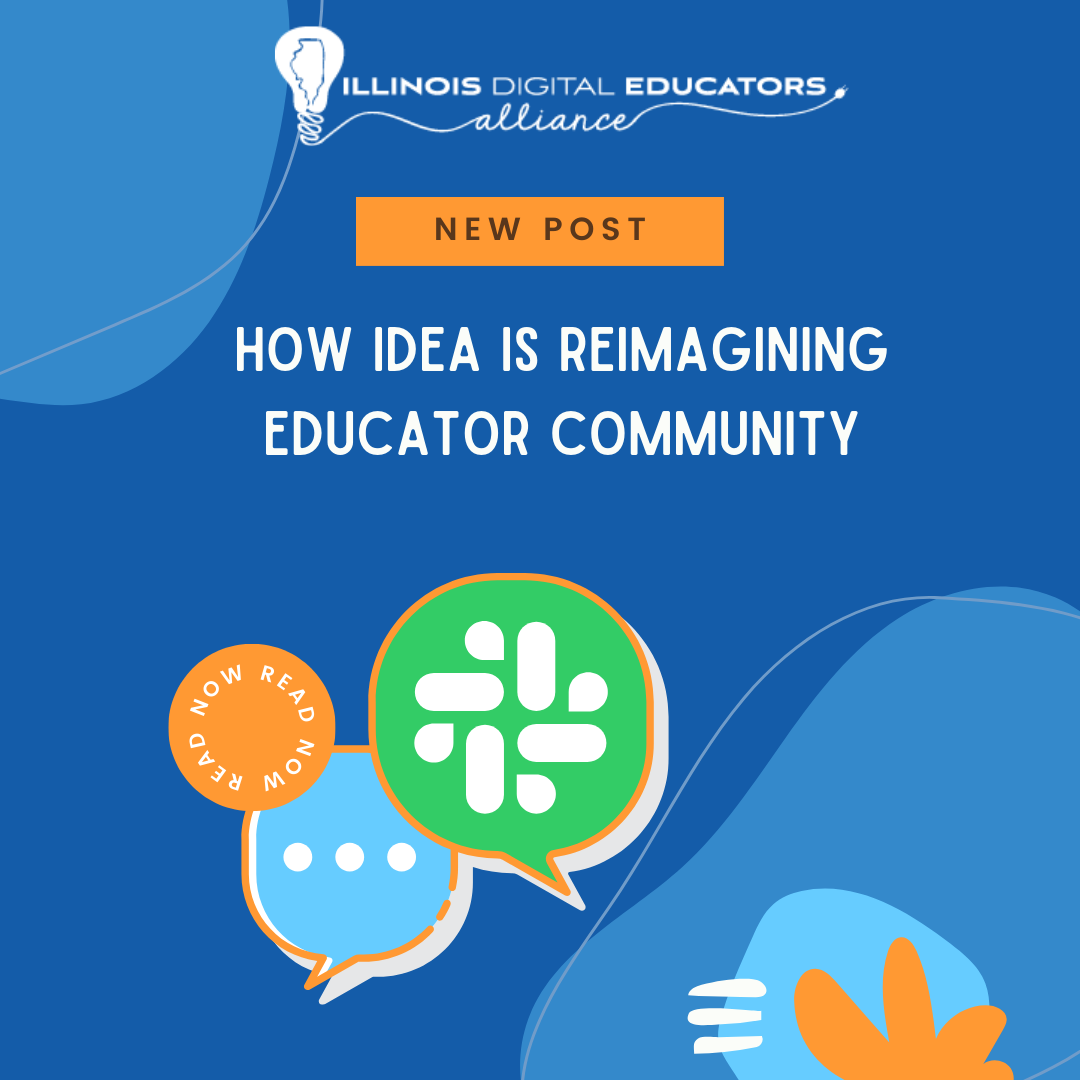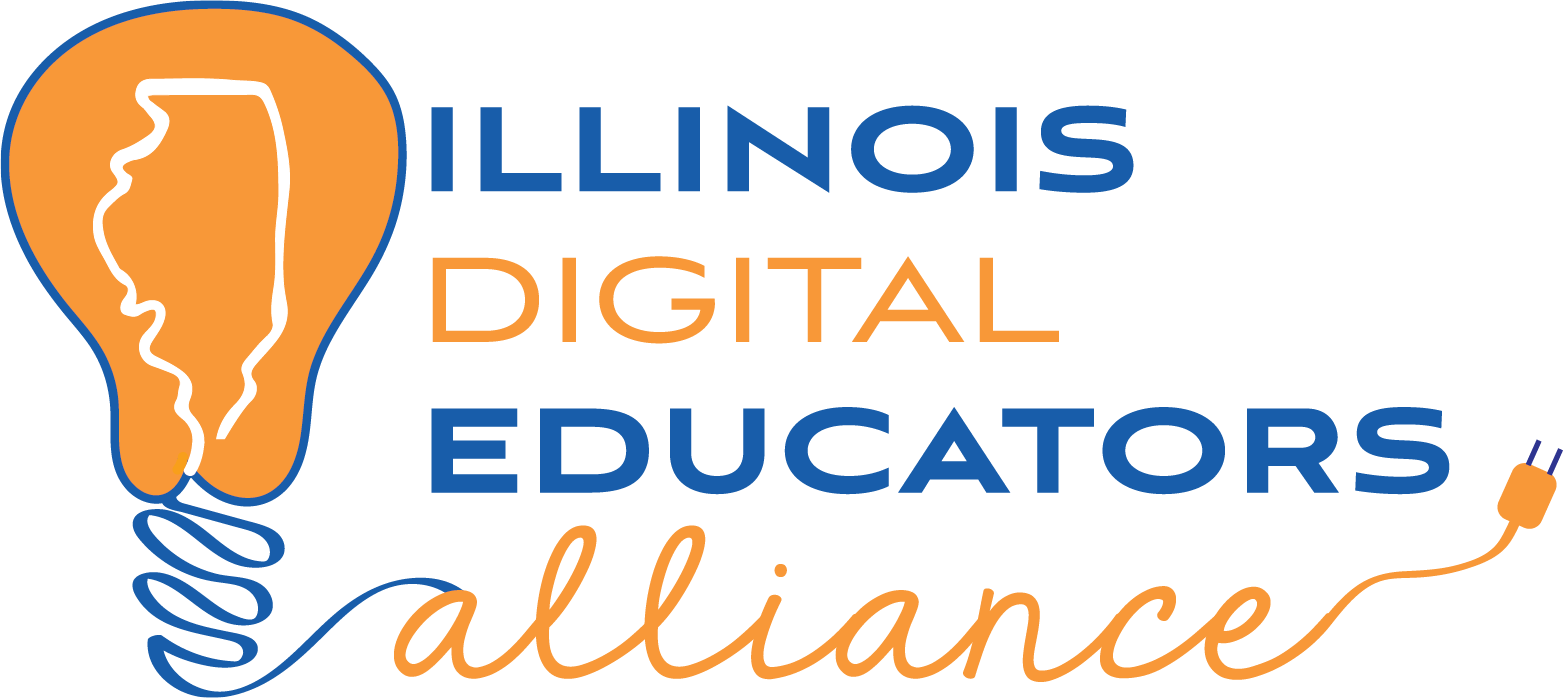Infusing Transferable Skills in PBL Projects
“When am I ever going to use this?” That’s a question you just don’t want to hear when you’re teaching. For students, learning needs to feel purposeful and relevant. There are many ways to infuse transferable skills into every lesson, especially project-based learning (PBL) projects.
One of my favorite examples stems from my early days of integrating STEM and PBL into middle school science lessons. Through a grant with the National Science Foundation, I was working as a “resident scientist” in a sixth grade science classroom. One of our goals was to be able to communicate scientific research in a way that anyone could understand. At the time, I was studying an invasive grass known as
Phragmites australis (even if you don’t know
Phragmites by name, I’m sure you’ve seen it when driving along the highway or if you’ve ever trudged through a wetland).
As part of my work, I was creating drifters to track the movement of the water currents and potential for the plant to spread. Of course, I realize that most people would never need to actually create a drifter, but the goal was to introduce real research that scientists were doing. This activity involved concepts with transferable skills – solving a problem within a set of design constraints.
I gave my students the example of how I used a plunger, a compass, and transect tape to know where I needed to sample leaves. Another example in the lab involved using a salad spinner to prepare samples - rather than a fancy machine.
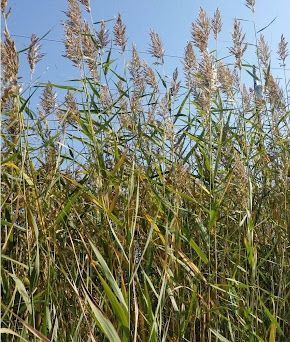
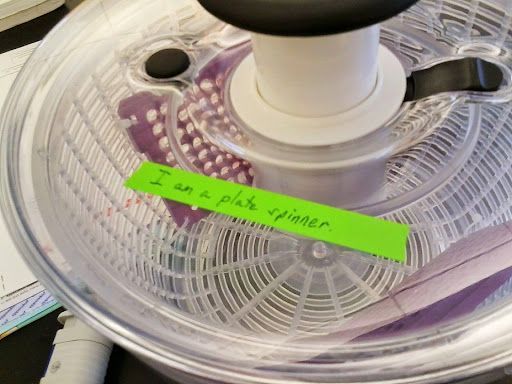
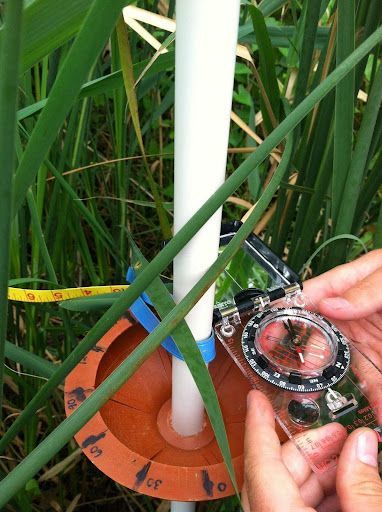
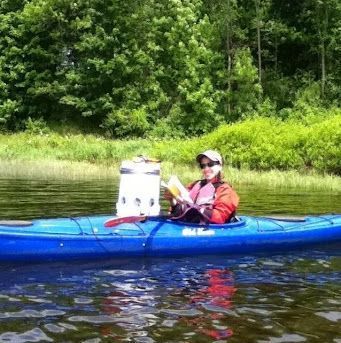
The Challenge
Design a device with the following rules:
- The top of your creation must be level with the water’s surface and remain there for a period of 30 seconds
- At least 3 cm of the drifter must be under water
- Your design needs to be able to hold a “GPS” and be protected from the water
- You must stay within your budget of $50
Students learned about drifters before needing to draw a plan and label the materials they would use, and this plan had to be approved before they even received their “grant” money.
They were provided a sales flier to “Roger’s Hardware and Marine Supply” to determine what materials they had available for purchase and what they cost. Here, they learned that not all materials were in unlimited supply, and there were return policies as well. Therefore, not only were students engaging in the design of a scientific tool, they needed to shop and budget as well.
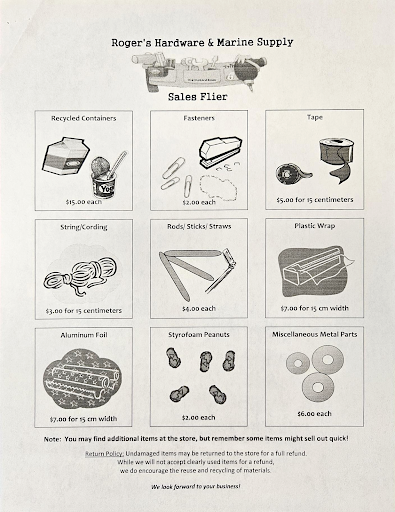
It has always been my passion to educate others that although the scientific process may feel rigid to some, it actually involves a ton of ingenuity and creativity. It was my job to emphasize this message to students, remind them that not all scientists wear lab coats, and show them possibilities for future career opportunities. Transferable skills develop through meaningful PBL experiences, and it is easier than you might think to instill them across all disciplines, including this personal example of scientific research.
Lesson 1: Transferable skills are everywhere and can be applied in many different ways.
Off the bat, students were tackling the following skills:
- Solving problems
- Creating innovative solutions to complex problems
- Prioritizing tasks
- Designing experiments
- Identifying possible solutions and selecting the most appropriate ones
- Observing and discovering
- Attending to detail
- Cooperating and interacting effectively with others
- Making decisions with others
- Involving group members to evaluate solutions
- Developing a budget accurately estimating expenses
…and more!
I’ve carried this
transferable skills checklist and worksheet from the Missouri State Career Center since I discovered it years ago. It demonstrates that the skills you learn in your classes are “not limited to just one discipline.”
PBL projects are loaded with opportunities to build on skills under the following categories:
- Communication
- Research, planning, and investigation
- Interpersonal skills and human relations
- Work survival
- Organization
- Decision making
- Leadership
- Financial management
- Critical thinking and problem solving
A professor of mine once said that education is all about “learning how to learn”. We would forget the complex calculations we did, the facts and figures, etc. However, if we understood how to go about the process of learning and using these skills, we would be prepared for anything. Success comes from knowing how to search for the right information, problem solve, and be willing to try something new.
Lesson 2: The engineering design process facilitates skill acquisition with hands-on learning.
By nature, the engineering design process (EDP) starts with research. Often, this part of the EDP gets breezed over or even skipped due to time constraints. However, it should be encouraged because simply learning where and how to find accurate, trustworthy, and reliable information is the first step to success. A project should not begin without any background information on what has already been done. Other people have tried, failed, and tried again, and we should be able to learn from their successes and missteps in order to progress.
The next steps in the process include imagining solutions, prototyping, testing, improving, and even presenting their work. For those who have never taught PBL or used the EDP, it might seem overwhelming to give more control to students, but the change is worth all of the benefits. By altering direct instruction to something that is student-led and teacher-guided, students are more invested in their learning and teachers are no longer expected to be the sole experts; everyone can learn alongside and support each other. There isn’t one single, right answer - the possibilities are endless! These reasons only graze the surface of why you shouldn’t be afraid of PBL.
Lesson 3: You’re not alone!
Teq can help! With the mantra, “It’s All About Learning” - Teq’s iBlocks, or ‘instructional Blocks’ are designed to enhance students’ problem solving and future-ready skills through sequences of lessons and activities that culminate in capstone projects. These innovative PBL solutions are designed to provide practical applications to the theories and concepts found in core subject areas and beyond.
They align with the top ten skills of the World Economic Forum:
- Analytical thinking and innovation
- Active learning and learning strategies
- Complex problem-solving
- Critical thinking and analysis
- Creativity, originality, and initiative
- Leadership and social influence
- Technology use, monitoring, and control
- Technology design and programming
- Resilience, stress tolerance, and flexibility
- Reasoning, problem-solving, and ideation
Further, students get to monitor and take greater ownership of their skill building through the use of student self-assessment rubrics and reflections based on a matrix of transferable skills.
Even if you aren’t yet able to do a large scale project, start small. Pick a couple of skills to focus on and recognize how and when you can incorporate them into your lessons. Have students identify the skill(s) and continue to reflect on their use - citing how they incorporated them and how they can continue to work on improving them. You’ll have students building their toolkit in no time!
Check out the following resources for more tips and tricks.
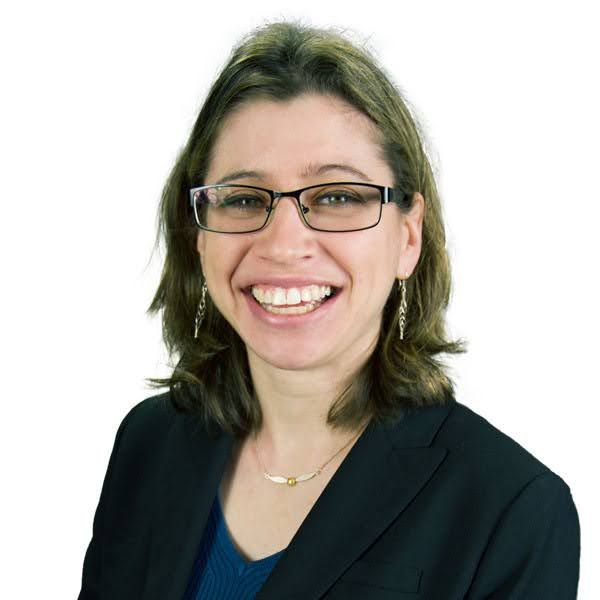
Michelle is the Director of Educational Content at Teq, where she manages the creation of an innovative Project-Based Learning solution known as iBlocks, in addition to content on OTIS for educators professional development platform. Additionally, Michelle has her B.S. and M.S. in Marine Science. She previously worked as a STEM/STEAM and environmental science educator for various organizations and was a NSF GK-12 SPARTACUS Fellow. Michelle is passionate about communicating science and using new technologies to make information accessible to a variety of audiences. She is always excited to learn something new and share her findings with others.
RECENT ARTICLES
